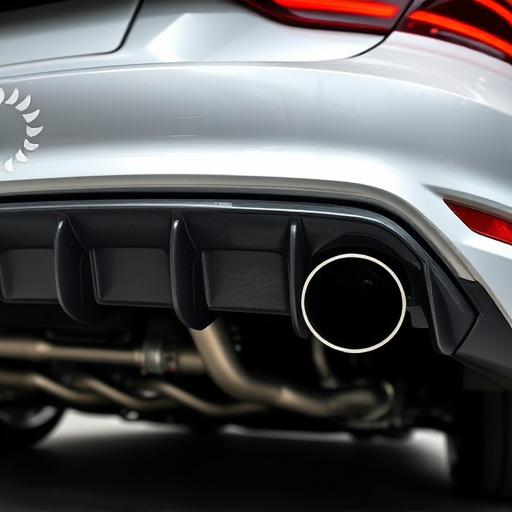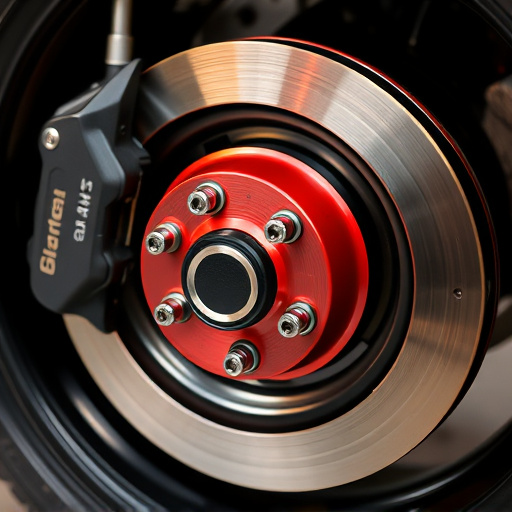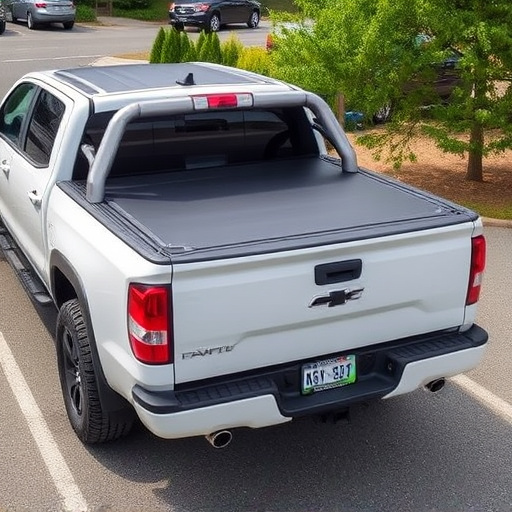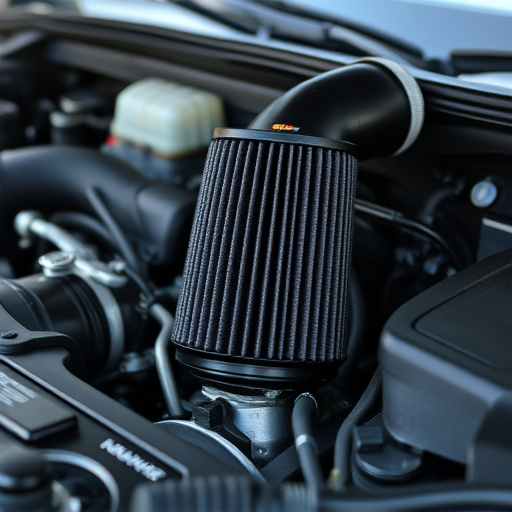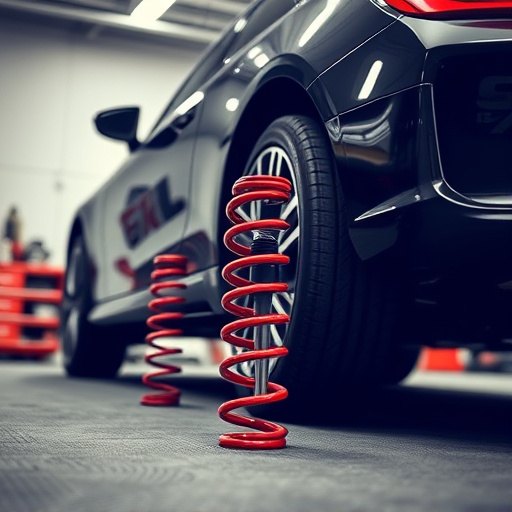Before upgrading brakes, assemble essential tools (jack, torque wrench) and parts (new pads, rotors, fluid) ensuring quality matches vehicle specs for safe, efficient braking. Verify compatibility with performance enhancements like coilover kits or exhaust tips. Use VIN to select correct brake pads and rotors, prioritizing high-quality components for improved stopping power, reduced distances, enhanced control, and extended brake life.
Looking to upgrade your vehicle’s stopping power? Installing new brake pads and rotors is a crucial task that every car owner should know. This step-by-step guide will transform you into a brake replacement pro, ensuring both safety and performance. From gathering the essential tools and compatible parts to fitting the pads perfectly, we’ll walk you through each process, highlighting key tips for success. Take control of your vehicle’s brakes and drive with newfound confidence.
- Gathering Essential Tools and Parts
- – Identifying the tools needed for the job
- – Purchasing compatible brake pads and rotors
Gathering Essential Tools and Parts
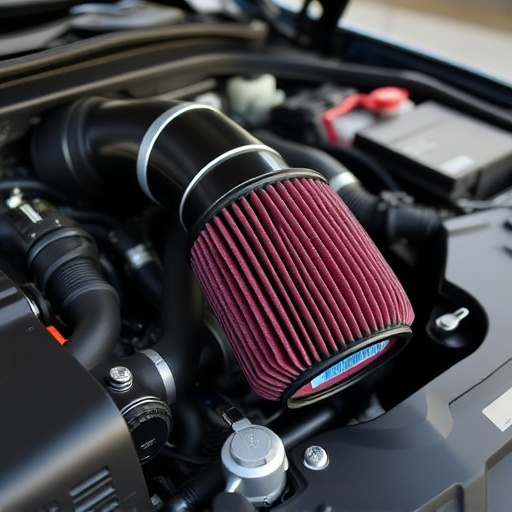
Before you begin the installation process, gathering the right tools and parts is essential for a smooth and successful brake upgrade. For most vehicles, you’ll need new brake pads, rotors, brake fluid, and possibly a new brake caliper (depending on your situation). It’s crucial to choose high-quality replacement parts that match your vehicle’s specifications to ensure optimal braking performance and safety.
Additionally, consider investing in some specialized tools like a brake piston tool, torque wrench, and a jack with stands for safe and secure lifting. If you’re planning to enhance your vehicle’s overall performance through modifications such as coilover kits or exhaust tips, make sure these are compatible with your chosen brake pads and rotors to achieve the best results.
– Identifying the tools needed for the job
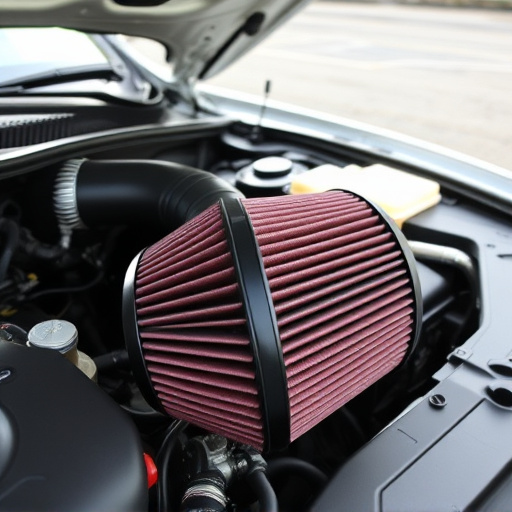
Before tackling any brake pads and rotors replacement project, make sure you have all the necessary tools on hand. This job typically requires a variety of equipment to ensure precision and safety during disassembly and reassembly. Essential tools include a jack, jack stands, a torque wrench, socket sets, screwdrivers (both flathead and Phillips), pliers, and possibly a brake piston tool. Don’t forget about the new brake pads and rotors specifically designed for your vehicle model, as well as any other components like calipers or hardware that might need replacing.
Additionally, having basic knowledge of automotive systems is beneficial, especially when dealing with interconnected parts like exhaust mufflers, exhaust systems, or cat-back exhausts. While these are not directly related to the brake job itself, understanding their layout can help you avoid potential conflicts during disassembly and ensure a smoother overall maintenance experience.
– Purchasing compatible brake pads and rotors
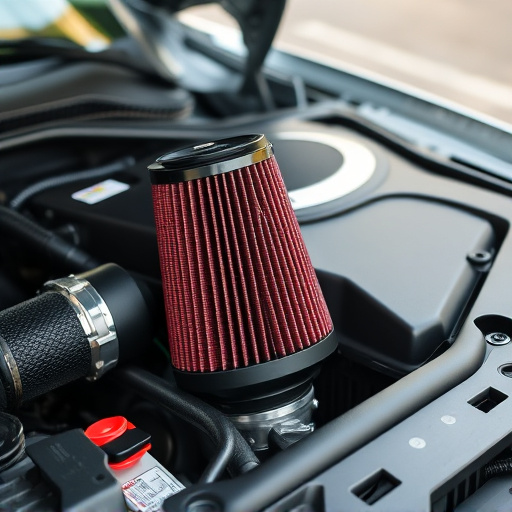
When it comes to maintaining your vehicle’s braking system, choosing the right brake pads and rotors is paramount. To ensure optimal performance and safety, it’s essential to purchase components that are fully compatible with your car or truck’s make and model. This involves checking the vehicle identification number (VIN) to confirm the specifications meet your needs.
Remember, high-quality brake pads and rotors can significantly enhance braking power, reducing stopping distances and improving overall control. Moreover, investing in top-tier components can prolong the life of your brakes, saving you money in the long run. Unlike generic parts, performance air filters, and air intake systems, which might offer some advantages, specialized brake pads and rotors are engineered to deliver superior braking performance tailored to your vehicle’s unique requirements.
Upgrading your vehicle’s brake pads and rotors is a crucial task that can significantly enhance safety and driving performance. By meticulously gathering the right tools and parts, such as high-quality brake pads and rotors compatible with your vehicle, you can confidently tackle this job like a pro. Remember, proper installation ensures optimal braking efficiency and longevity, ultimately contributing to a smoother and more controlled driving experience.








